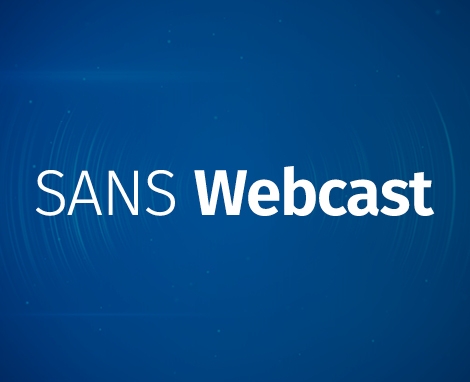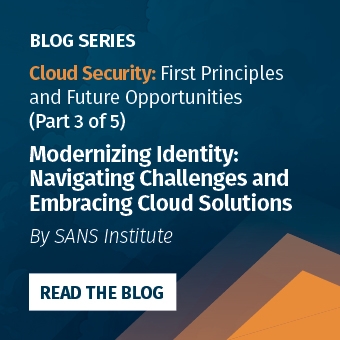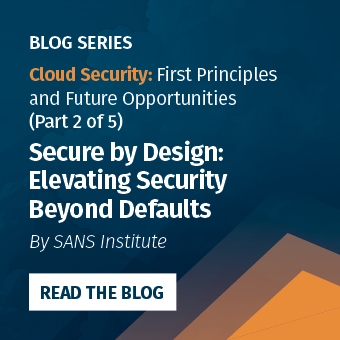Building Zero Trust Model with Microsegmentation in the Cloud
The historical approach to business security has focused on defending a fixed perimeter. The objective was to keep threats on the outside of the perimeter like a wall around a castle. 'However, today the reality is that these same boundaries are harder to define and very porous. '
'
The assumption that systems and traffic within a data center can be trusted if flawed because once a single host is compromised, moving within a trusted zone is often easy. While it is often hard to directly attack high-value assets from outside the network, using an indirect attack using systems inside the network is much simpler, although more time-consuming.
'
The Zero Trust architecture is an ideal solution for the cloud where it is not possible to trust the network. The ability to authenticate and secure communication without relying on the location of the endpoints or the security of the network means that our clients can adopt the cloud paradigm and embrace its benefits of cost and flexibility while maintaining control of their data and compliance in virtual environments.
'
By the end of this session, attendees will
-- - Understand how the zero-trust model embeds security within the cloud
-- - Examine the fundamental benefits and tenants of the zero-trust model in the cloud (security persistence, security ubiquity and scalability).
-- - Understand how this new paradigm accelerates the cloud adoption.
-- - Learn how software-defined microsegmentation delivers zero-trust in the cloud




